For years, AI tools lived behind the scenes—powering analytics platforms, optimizing ads, and quietly improving operational efficiency. Today, that dynamic has changed. Modern AI has stepped directly into the creative process, giving marketers a new kind of collaborator: fast, tireless, endlessly iterative, and surprisingly insightful.
As content demands grow and campaign cycles tighten, many marketers are now treating AI like a creative intern. It helps spark ideas, draft early versions, and prototype visuals—while humans provide strategy, refinement, and the creative vision that brings everything together.
Why AI Works So Well as a “Creative Intern”
AI excels at producing ideas and content variations rapidly by recognizing patterns across millions of data points. It can spin up dozens of campaign angles, summarize complex topics, or propose creative directions in seconds. This speed removes early bottlenecks and frees marketers to focus on higher-value thinking.
AI is not a replacement for human creativity. It cannot intuit cultural nuance, brand voice, or strategic intent. When used as a supportive and exploratory partner, AI becomes a powerful extension of the creative team.
Jumpstarting Brainstorms With AI
The earliest phase of any campaign, finding the right idea, is often the hardest. AI can accelerate this process significantly. Marketers use it to surface themes, map audience needs, and generate thought starters across content types.
AI can produce headline lists, narrative frames, script angles, and unexpected conceptual twists. It provides volume and variety that helps teams explore a wider range of ideas before narrowing down to the strongest concepts. Using AI this way allows teams to reach alignment more efficiently.
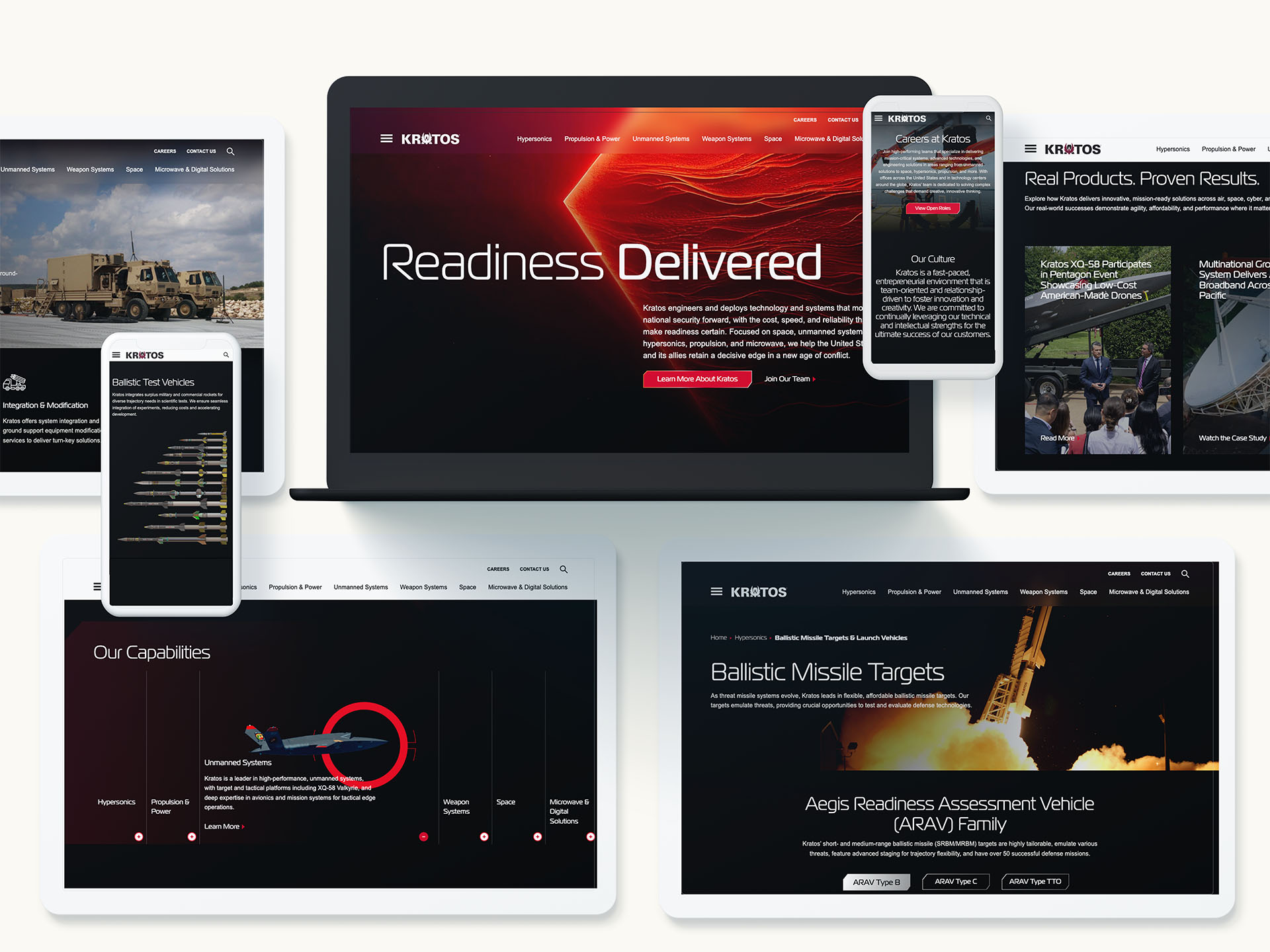
Drafting Content Quickly Without Sacrificing Brand Voice
AI is particularly effective at producing first drafts of marketing content, including blogs, emails, landing pages, and social posts. These drafts save time and make writing more efficient.
Human editors are still necessary to refine tone, ensure accuracy, and align messaging with the brand and audience. AI typically produces 60 to 70 percent of the work, and human craft brings it across the finish line. This combination increases content velocity while maintaining quality.
Visual Prototyping: From Ideas to Early Concepts in Minutes
Before committing to full creative development, teams often need to test concepts visually. AI image tools have become valuable for building quick prototypes, sketching layouts, exploring photography directions, experimenting with type styles, or imagining conceptual scenes.
These early mockups are not final deliverables. They serve as conversation starters that help creative directors, strategists, and clients visualize potential directions and iterate with confidence. AI enables teams to explore more directions in less time and with fewer constraints.
Where AI Adds Real Value and Where It Does Not
AI excels in tasks that require speed, iteration, and pattern-driven outputs. Idea generation, copy variations, exploratory visuals, and content repurposing all benefit from AI assistance.
However, AI should not replace decision-making in brand strategy, final creative production, or campaigns that involve sensitive topics. Human oversight is essential to maintain accuracy, originality, and brand integrity. The best results occur when AI supports human judgment instead of replacing it.
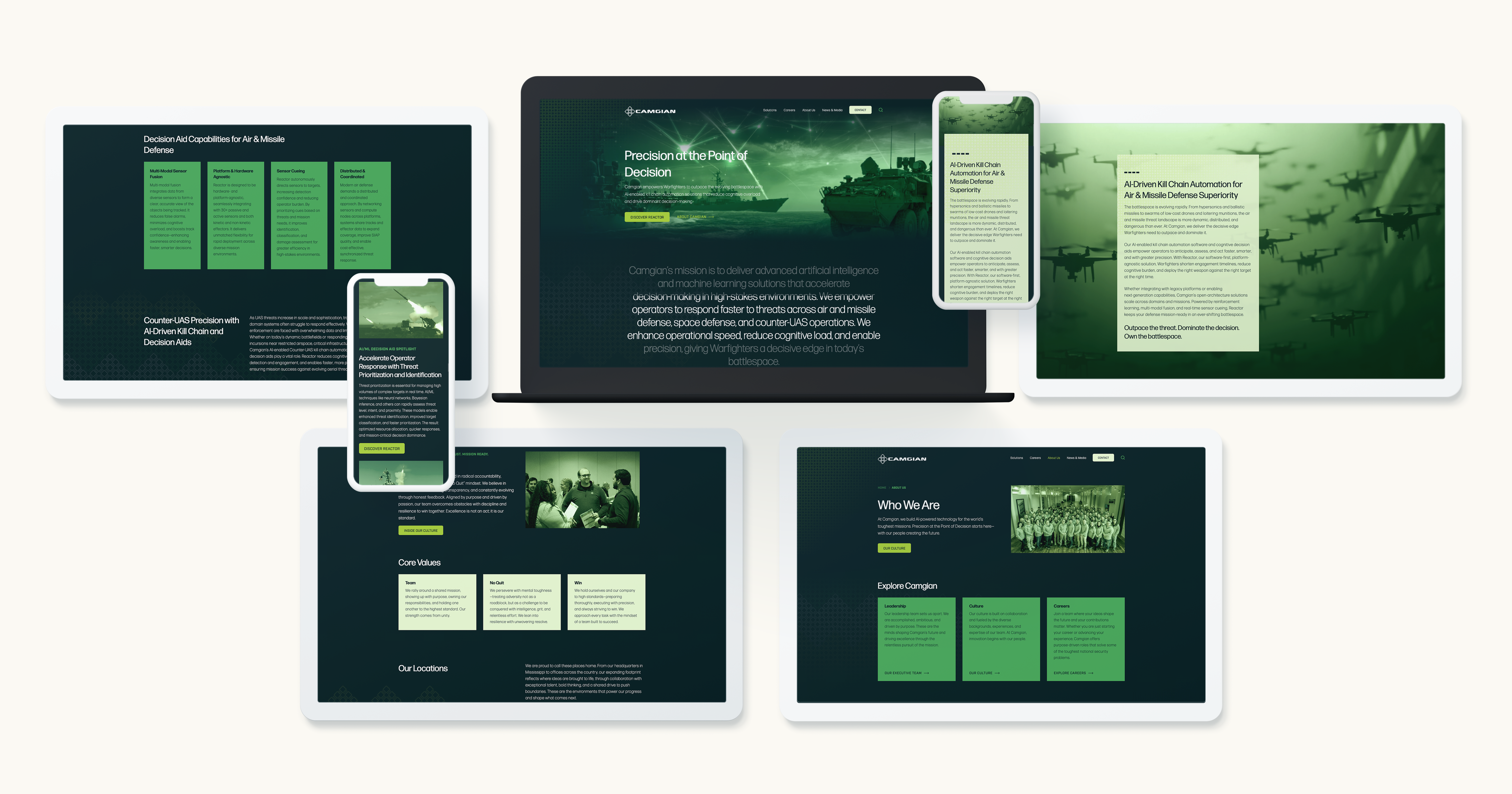
Operationalizing AI in the Creative Workflow
To consistently gain value from AI, marketers should develop deliberate processes, including reusable prompt libraries, role-based workflows, and clear review systems. Collaboration improves when strategists use AI for insight development, writers use it for first drafts, and designers use it for mood boards and prototypes.
The most successful teams treat AI as another member of the creative staff, one that requires direction, feedback, and quality oversight.
AI Elevates Human Creativity Without Replacing It
AI enables speed, scale, and exploration, but human creativity remains essential. Marketers bring cultural understanding, strategic clarity, and emotional intelligence, qualities AI cannot replicate. When AI handles repetitive and exploratory tasks, human creativity can focus on strategy, conceptual thinking, and final execution.
Teams that combine AI efficiency with human imagination are better positioned to produce smarter, faster, and more inventive content and campaigns.
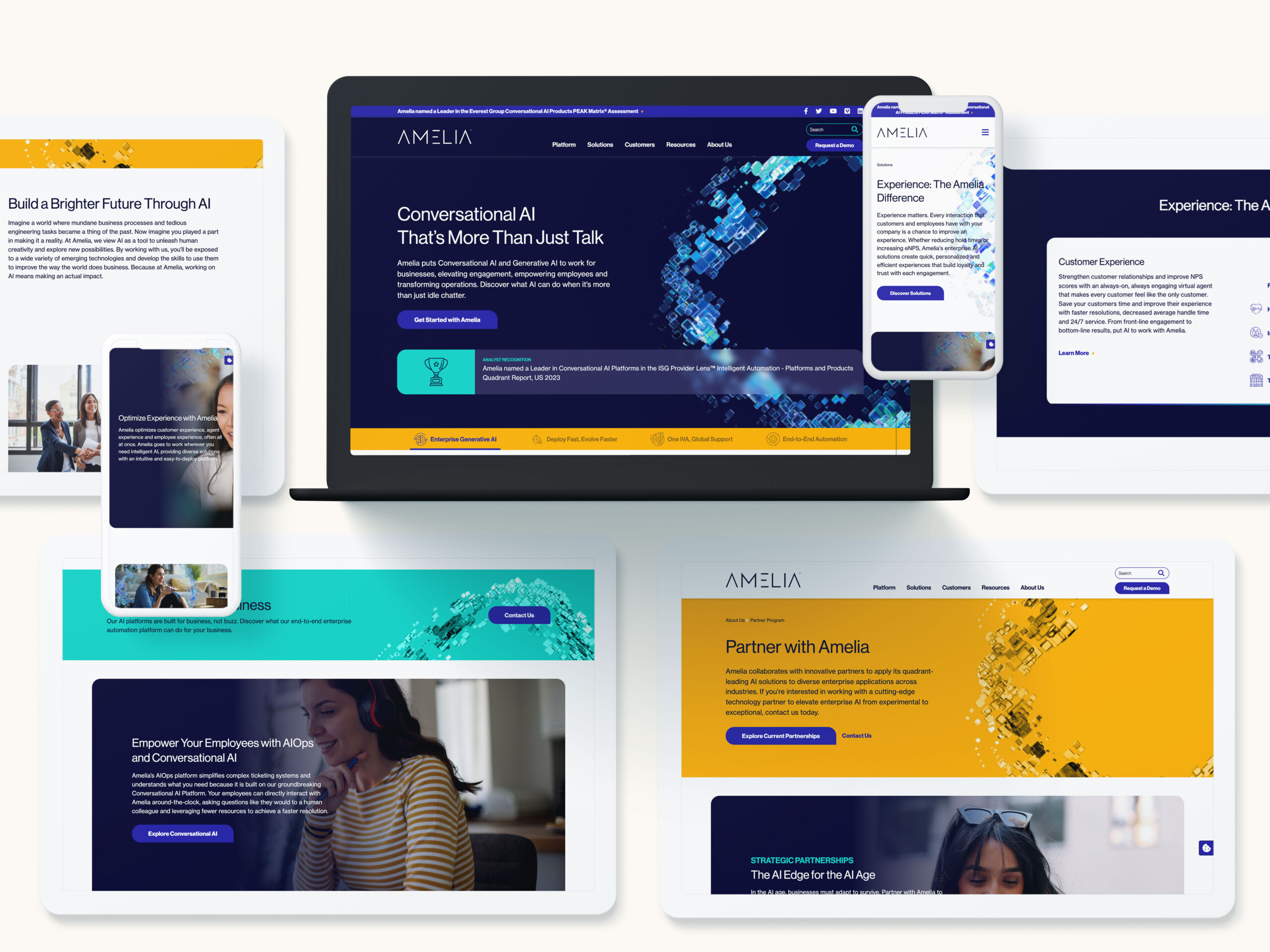
Ready to Integrate AI Into Your Creative Process?
Bluetext partners with brands to help them use AI responsibly and effectively across content development, creative workflows, and campaign execution. If your team is ready to work faster, smarter, and more creatively, we can help you get there.
As brands look for innovative ways to engage audiences, voice cloning technology is emerging as a game-changer. By using AI-generated voices, organizations can produce podcasts, narrations, and multilingual content at scale—without overloading executives or creative teams. This approach not only saves time and resources but also ensures a consistent brand voice across channels.
Understanding Voice Cloning Technology
What Is Voice Cloning?
Voice cloning is the process of creating a digital replica of a human voice using artificial intelligence. Unlike generic text-to-speech tools, advanced voice cloning captures the nuances of tone, pacing, and emotion, making synthetic speech sound remarkably natural.
How It Works
Voice cloning systems rely on neural networks and machine learning models trained on recordings of a person’s voice. With enough high-quality audio samples, these models generate speech that mimics the original speaker, allowing brands to produce content without requiring the person to record every line.
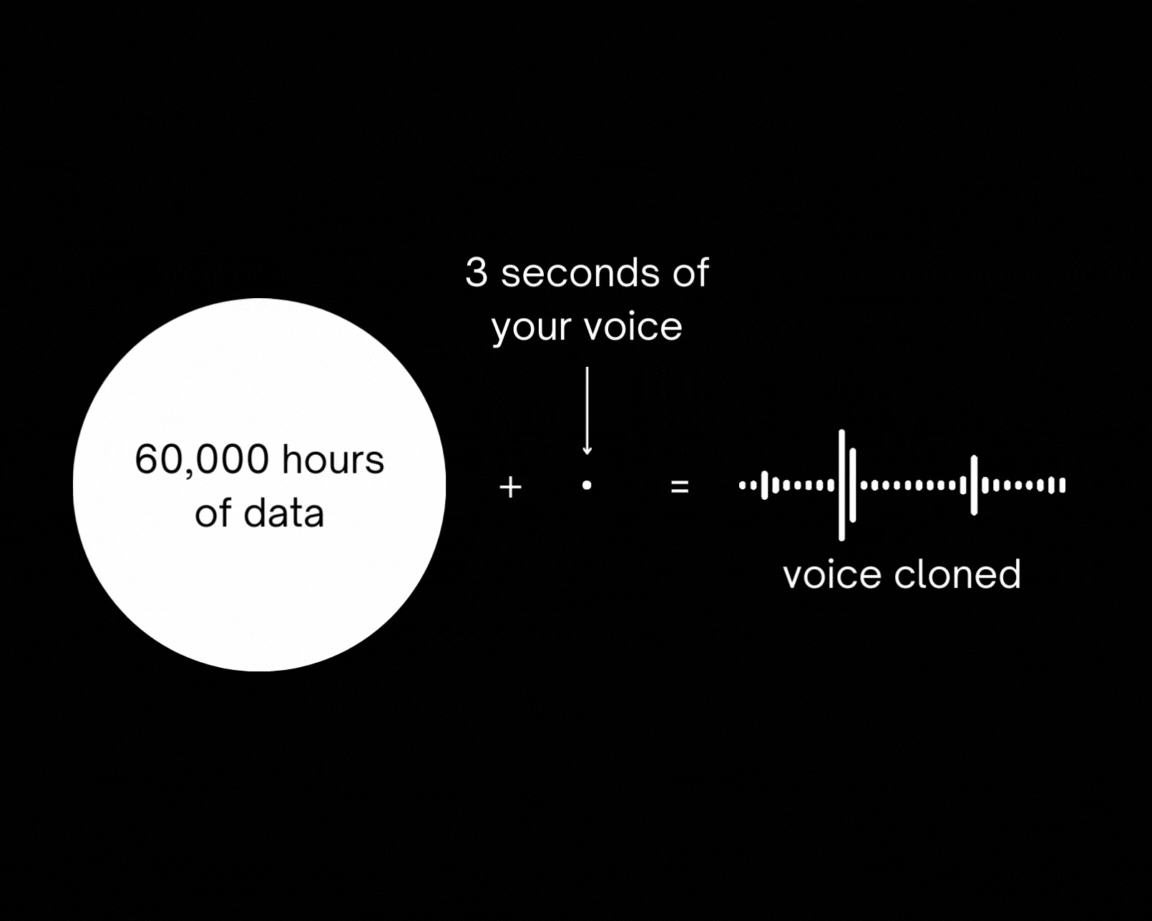
Why Brands Are Adopting Voice Cloning
Scalability for Content Production
Producing audio content can be time-intensive. Voice cloning enables brands to create multiple pieces of content quickly, from podcasts to product narrations, without overburdening executives or voice talent.
Localization Across Markets
Global brands can use synthetic voices to produce content in multiple languages while maintaining the same tone and style. This ensures a consistent brand experience for international audiences without hiring separate voice actors for each region.
Maintaining Executive Brand Presence
Voice cloning allows leadership to “be present” in content consistently, even when schedules are tight. Executives’ voices can narrate thought leadership pieces, training materials, or internal communications without requiring repeated recordings.
Practical Applications for Brands
Podcasting and Thought Leadership
AI voices streamline podcast production, letting brands maintain a regular publishing schedule and consistent tone. Thought leadership content can be scaled efficiently, keeping audiences engaged without putting extra demands on team members.
Training and E-Learning Modules
Executive narrations for internal training or learning modules can be cloned once and reused, reducing production time and ensuring consistent messaging across employees or learners.
Marketing and Customer-Facing Content
Voice cloning supports audio ads, interactive experiences, and social media campaigns, enabling brands to reach audiences in fresh, immersive ways. Personalized or dynamic audio experiences can also increase engagement and conversion rates.

Best Practices for Ethical Voice Cloning
- Obtain Consent: Always secure explicit permission from executives or voice talent before cloning their voice.
- Maintain Transparency: Let audiences know when AI-generated voices are used to preserve trust.
- Quality Control: Ensure synthetic voices sound natural and align with your brand standards.
- Avoid Misuse: Use voice cloning responsibly, avoiding misleading or deceptive content.
Implementing Voice Cloning in Your Brand Strategy
Selecting the Right Technology
Choose AI voice platforms that offer natural-sounding voices, robust customization, and security controls.
Integrating With Content Workflows
Connect voice cloning tools with podcasting platforms, e-learning systems, and marketing automation software to maximize efficiency.
Monitoring Engagement and ROI
Track audience response, completion rates, and engagement metrics to evaluate the impact of AI-driven audio content and refine your strategy over time.

The Future of AI Voice in Marketing
Voice cloning is poised to become a staple in brand content strategies. As AI continues to evolve, brands can expect more realistic, expressive synthetic voices, broader language support, and innovative ways to engage customers. Ethical and thoughtful adoption will be key to leveraging this technology effectively.
Partnering for Smart Audio Strategy
Voice cloning opens a new frontier for scalable, engaging, and executive-friendly content. Bluetext helps brands harness AI-powered audio solutions to deliver podcasts, training, marketing campaigns, and localized content—all while maintaining authenticity and brand consistency.
Ready to amplify your brand’s voice at scale?
Partner with Bluetext to explore AI-driven voice cloning for podcasting, localization, and executive-friendly audio content. Contact us today.
Marketers have long relied on A/B testing to answer one of the most important questions in digital campaigns: What works best? Whether it’s a subject line, a landing page design, or an ad creative, traditional A/B testing provides valuable insights—but often at a cost. Tests take time, results aren’t always conclusive, and scaling experiments across multiple campaigns can stretch resources thin.
Enter AI-powered A/B testing. By predicting winning variations before full deployment and continuously learning from real-time interactions, AI is transforming the way marketers experiment—delivering smarter insights and faster results.
The Evolution of A/B Testing
Traditional A/B testing has been the backbone of data-driven marketing for decades. The process is straightforward: divide your audience, test two variations, and wait for enough traffic to determine a statistically significant winner.
But in fast-paced digital environments, waiting weeks for results isn’t always practical. Marketers face challenges such as:
- Long testing timelines that delay campaign optimization.
- Limited data when audience sizes are small.
- Risk of spending budget on underperforming variations before identifying a winner.
While effective, traditional A/B testing is reactive. AI brings a proactive, predictive edge.
How AI Is Transforming A/B Testing
Artificial intelligence adds speed and sophistication to the testing process by:
- Predictive Modeling: AI algorithms analyze historical data and user behavior to forecast which variations are most likely to perform best—before the test even begins.
- Real-Time Learning: Instead of waiting for large sample sizes, AI adapts continuously as results come in, reallocating traffic toward higher-performing options.
- Smarter Resource Allocation: By reducing wasted impressions and ad spend, AI ensures marketers get maximum impact from every test.
The result? Faster insights, greater efficiency, and higher confidence in campaign decisions.
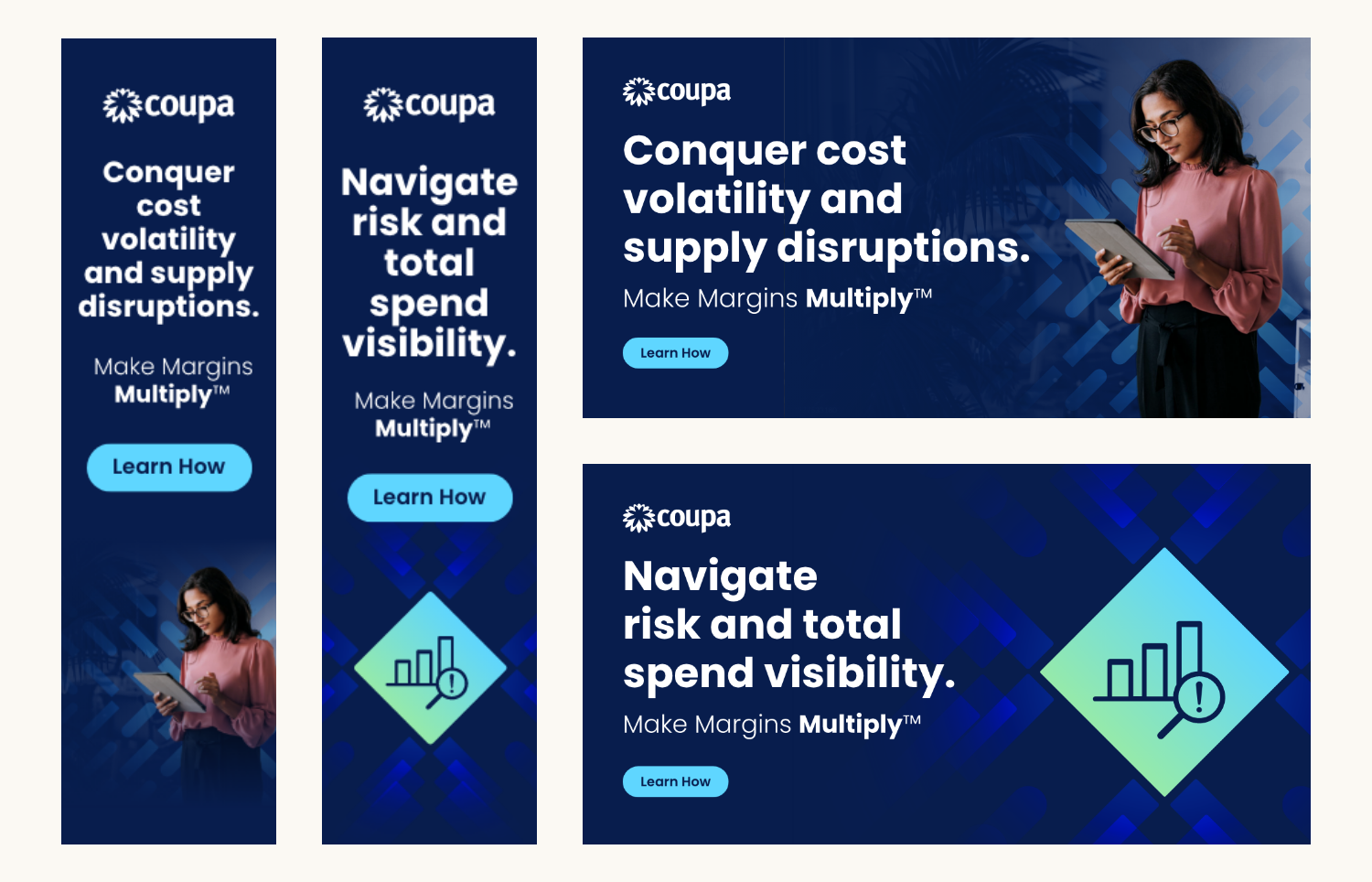
Practical Applications Across Channels
Smarter Email Campaigns
Email marketers know the struggle: testing subject lines, calls-to-action, and send times can take weeks. AI accelerates this by:
- Predicting subject line performance based on historical engagement patterns.
- Optimizing send times for each recipient to maximize open rates.
- Personalizing copy and content at scale for different audience segments.
Instead of waiting until after the campaign has run, marketers can deploy optimized emails from day one.
Website and UX Testing
AI goes beyond simple split tests by dynamically adjusting layouts and content in real time. For example:
- Testing multiple variations of headlines, hero images, or CTAs simultaneously.
- Reducing bounce rates by predicting which page elements keep users engaged.
- Delivering tailored user journeys that adapt to individual behavior.
This approach shifts website optimization from static experiments to continuous improvement.
Advertising Experiments
In paid media, wasted spend is the biggest risk of prolonged testing. AI mitigates this by:
- Rapidly identifying winning ad creatives and reallocating budget toward them.
- Testing multiple headlines, visuals, and audience combinations in parallel.
- Providing predictive insights to guide creative development before campaigns launch.
The outcome: higher ROI and less wasted spend on underperforming ads.

Benefits of AI-Powered Testing
Marketers adopting AI-powered A/B testing see clear advantages:
- Speed: Faster identification of winning variations means campaigns improve in real time.
- Efficiency: Lower costs by eliminating wasted spend on losing variations.
- Confidence: AI draws from larger datasets and complex models, making predictions more reliable than simple tests.
- Scalability: Test across multiple campaigns and channels without overwhelming internal teams.
Best Practices for Marketers Adopting AI Testing
While the potential is exciting, successful adoption requires a thoughtful approach:
- Select the right tools. Choose AI platforms that align with your campaign goals and integrate with existing systems.
- Ensure clean data inputs. AI models are only as strong as the data they’re fed—prioritize data hygiene.
- Balance automation with oversight. AI accelerates decision-making, but human judgment ensures brand voice and strategy remain consistent.
- Think holistically. AI testing should fit within a broader optimization strategy, not replace it entirely.
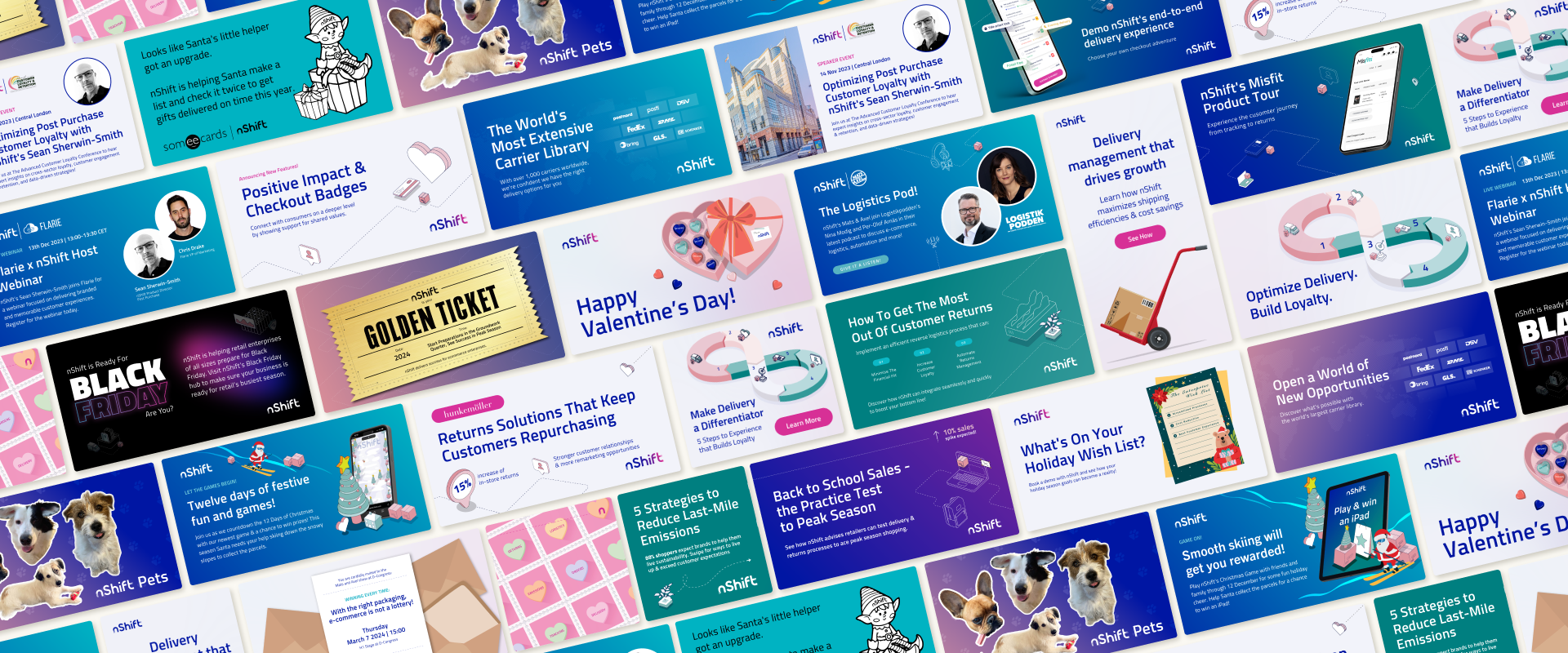
The Future of Experimentation in Marketing
AI-powered A/B testing is shifting experimentation from a slow, linear process into a dynamic, continuous cycle. Instead of simply measuring what worked yesterday, marketers can proactively shape what works tomorrow.
As AI tools evolve, testing will become less about “choosing the winner” and more about ongoing optimization—where campaigns constantly learn, adapt, and improve.
For marketers in competitive industries, that speed and agility may become the ultimate advantage.
Ready to bring AI into your testing strategy?
Partner with Bluetext to unlock faster, smarter results for your campaigns.
The way people search for information is changing — and fast. For years, businesses have centered their digital strategies around search engines like Google and Bing. Ranking well in search meant visibility, traffic, and leads. But the rise of answer engines — tools like ChatGPT, Gemini, Claude, and Perplexity — is rewriting the rules.
Unlike search engines, which serve up links, answer engines provide direct, conversational responses. They don’t just guide users to content — they become the content. For businesses, this shift creates both a challenge and an opportunity: traditional SEO isn’t enough anymore. To remain visible, trusted, and competitive, brands must optimize for both search engines and answer engines as distinct marketing channels.
What Are Search Engines and Answer Engines?
Search Engines Defined
Search engines like Google, Bing, and Yahoo have long been the backbone of digital discovery. Their core function is straightforward: crawl, index, and rank websites based on relevance and authority. When users enter a query, search engines return a list of links to external sources.
This model fuels visibility, click-throughs, and traffic. Businesses optimize with SEO strategies like keyword targeting, backlink building, and content depth to appear higher in search engine results pages (SERPs).
Answer Engines Defined
Answer engines, by contrast, work differently. Tools like ChatGPT, Gemini, Claude, and Perplexity are powered by large language models (LLMs) trained to generate and synthesize information. Instead of returning a list of links, they deliver a direct, conversational answer.
When a user asks, “What’s the best CRM for mid-sized businesses?”, Google might provide a page of review sites and vendor pages. ChatGPT, on the other hand, will deliver a summarized recommendation, drawing from multiple sources — often without requiring the user to click elsewhere.
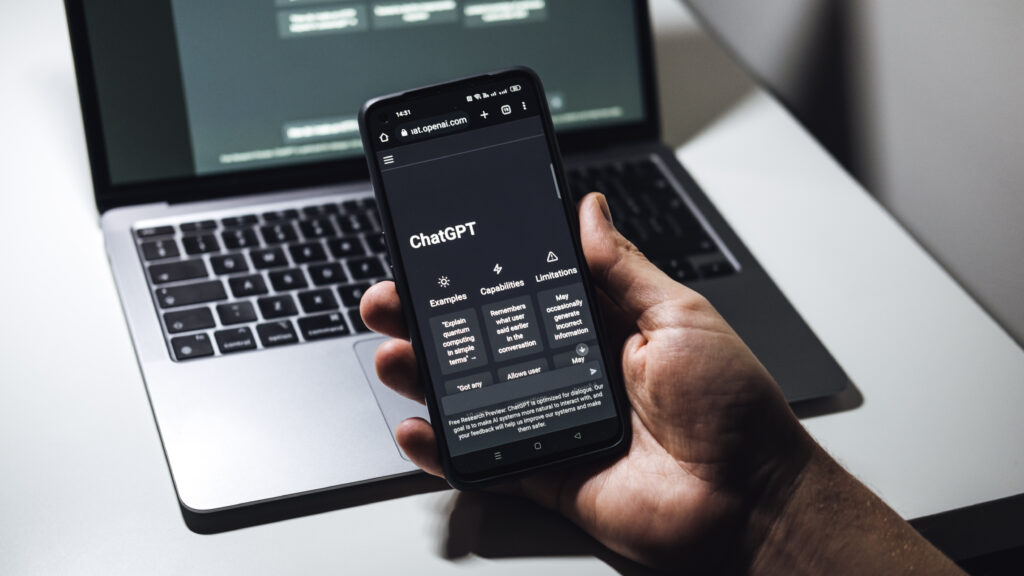
How Consumers Use Them Differently
Search Engines = Discovery and Comparison
Search remains the go-to tool for discovery. Consumers use it to compare options, read reviews, and explore multiple websites before making a decision. For example:
- Query: “Best CRM software 2025”
- User behavior: Scan a top 10 list, visit vendor sites, and weigh features.
Search thrives when users want breadth, depth, and choice.
Answer Engines = Direct and Conversational
Answer engines are where users go when they want clarity and speed. Instead of digging through multiple pages, they can ask a question and receive a concise, authoritative response.
- Query: “What’s the best CRM for mid-sized businesses?”
- User behavior: Accepts a synthesized answer and may only follow up on one or two suggested options.
Implications for User Trust & Behavior
- In search, users verify information across multiple sources.
- In answer engines, users often trust the first, most authoritative-sounding response.
This shift in user behavior underscores why businesses can’t afford to ignore answer engines. If your brand isn’t represented in AI-generated answers, you risk invisibility in a channel that’s rapidly becoming mainstream.
What This Means for Marketers
Limitations of SEO-Only Strategies
SEO remains critical, but a #1 Google ranking doesn’t guarantee visibility in ChatGPT or Gemini. Answer engines don’t simply mirror SERPs — they blend multiple data sources, including structured content, FAQs, authoritative sites, and brand mentions across the web.
The Rise of Answer Engine Optimization (AEO)
This is where Answer Engine Optimization (AEO) comes in. Unlike SEO, which focuses on signals like backlinks and keywords, AEO is about making content clear, direct, authoritative, and structured so it can be easily understood and cited by AI models.
Businesses that fail to adapt may find themselves out of the conversation — literally.
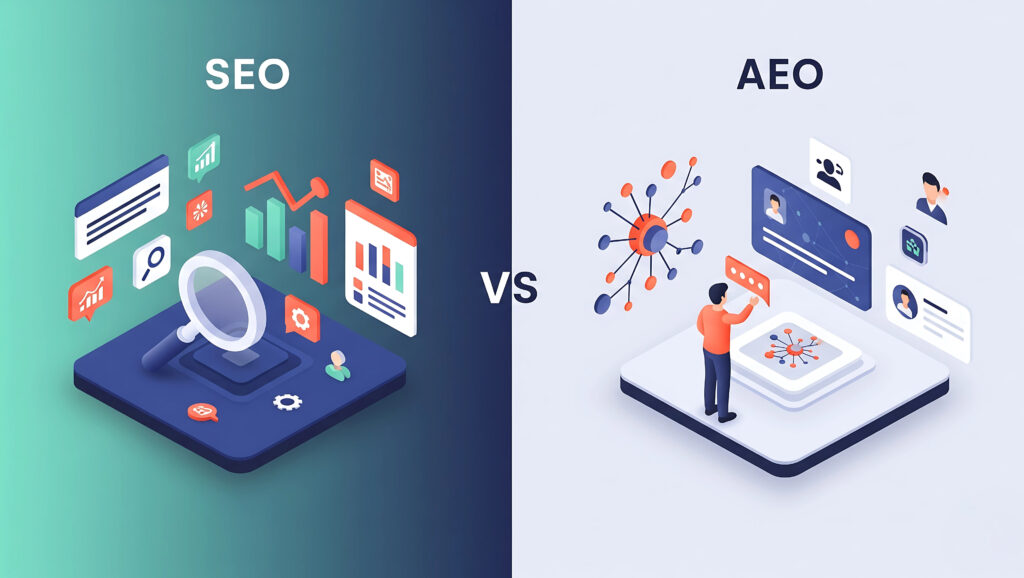
Strategies to Optimize Across Channels
Optimizing for Search Engines (SEO)
Search engine optimization remains foundational. Key tactics include:
- Technical SEO: Ensure sites are fast, mobile-friendly, and indexable.
- Keyword Strategy: Target relevant, high-intent keywords that match user queries.
- Content Depth: Publish long-form, authoritative content that demonstrates expertise.
- Link Building: Strengthen domain authority through trusted backlinks.
These tactics ensure continued visibility in Google and Bing, where billions of searches still happen daily.
Optimizing for Answer Engines (AEO)
Answer engines require a different approach. To increase the likelihood your brand appears in AI-generated answers:
- FAQ-Driven Content: Write content in Q&A form that matches how users phrase questions.
- Structured Data & Schema Markup: Use metadata to help AI models understand and categorize your content.
- Thought Leadership: Publish authoritative insights and contribute to reputable publications.
- Conversational Style: Write in natural, direct language — the way people actually ask questions.
These tactics help answer engines recognize your content as reliable and relevant, increasing your chances of being surfaced.
Why Businesses Need Both
Treating SEO and AEO as complementary channels is critical.
- Search drives discovery traffic and brand awareness.
- Answer engines shape perception and recommendations.
Together, they form a holistic digital marketing ecosystem where businesses can both attract new prospects and influence their decision-making at critical moments.
The Future of Digital Marketing Channels
Search and answer engines are not mutually exclusive — they will coexist and converge. Search engines are already incorporating AI-powered overviews, and answer engines increasingly cite traditional search results.
Looking ahead:
- AI will favor authoritative brands. Companies with consistent, credible digital footprints will surface more often in answers.
- Omnichannel strategies will win. Businesses must ensure consistency across their websites, content, and external mentions.
- First movers will gain advantage. Companies that optimize early for both SEO and AEO will establish authority before competitors catch up.
For marketers, the message is clear: don’t wait for the future to arrive — build for it now.
Bluetext’s Perspective
At Bluetext, we help brands navigate this shift. Our approach combines the proven fundamentals of SEO with forward-looking AEO strategies, ensuring businesses stay visible across all digital channels. From technical optimization to thought leadership campaigns, we position clients to succeed in both search engines and answer engines — today and tomorrow.
Time to Rethink Your Digital Strategy
The evolution from search to answers is reshaping how people find, trust, and engage with brands. Businesses that adapt their strategies now will lead the conversation in the years ahead.
Is your marketing strategy built for both search engines and answer engines? Contact Bluetext to learn how we can help your brand optimize across channels and stay ahead of the curve.
In today’s marketing landscape, brands are under constant pressure to produce more content, faster. Audiences expect fresh insights across blogs, social channels, email campaigns, and multimedia platforms. But scaling content production sustainably—without diluting quality—remains one of the biggest challenges for marketing teams.
That’s where content atomization comes in. At its core, content atomization is the process of transforming one “big idea”—like a whitepaper, webinar, or research report—into dozens of derivative deliverables. It’s not about recycling or copy-pasting. It’s about strategically repurposing content into formats tailored for different channels, audiences, and stages of the buyer journey.
In this playbook, we’ll break down how to turn a single asset into a full campaign ecosystem, outline best practices to follow, and highlight common pitfalls to avoid.
What Is Content Atomization and Why It Matters
Content atomization is the practice of breaking down a larger piece of content into smaller, more focused assets. For example, a 20-page research report might become a three-part blog series, a webinar, a handful of infographics, a podcast episode, and a set of social media posts.
The benefits are clear:
- Scalability – One idea can fuel a month or more of campaigns.
- Efficiency – Reduce the time and resources needed to create net-new content.
- Message consistency – Ensure a unified brand narrative across platforms.
- ROI – Extend the lifespan and impact of flagship content investments.
In a world where marketing teams face increasing pressure to be “always on,” content atomization provides a framework for digital marketing efficiency without sacrificing quality.
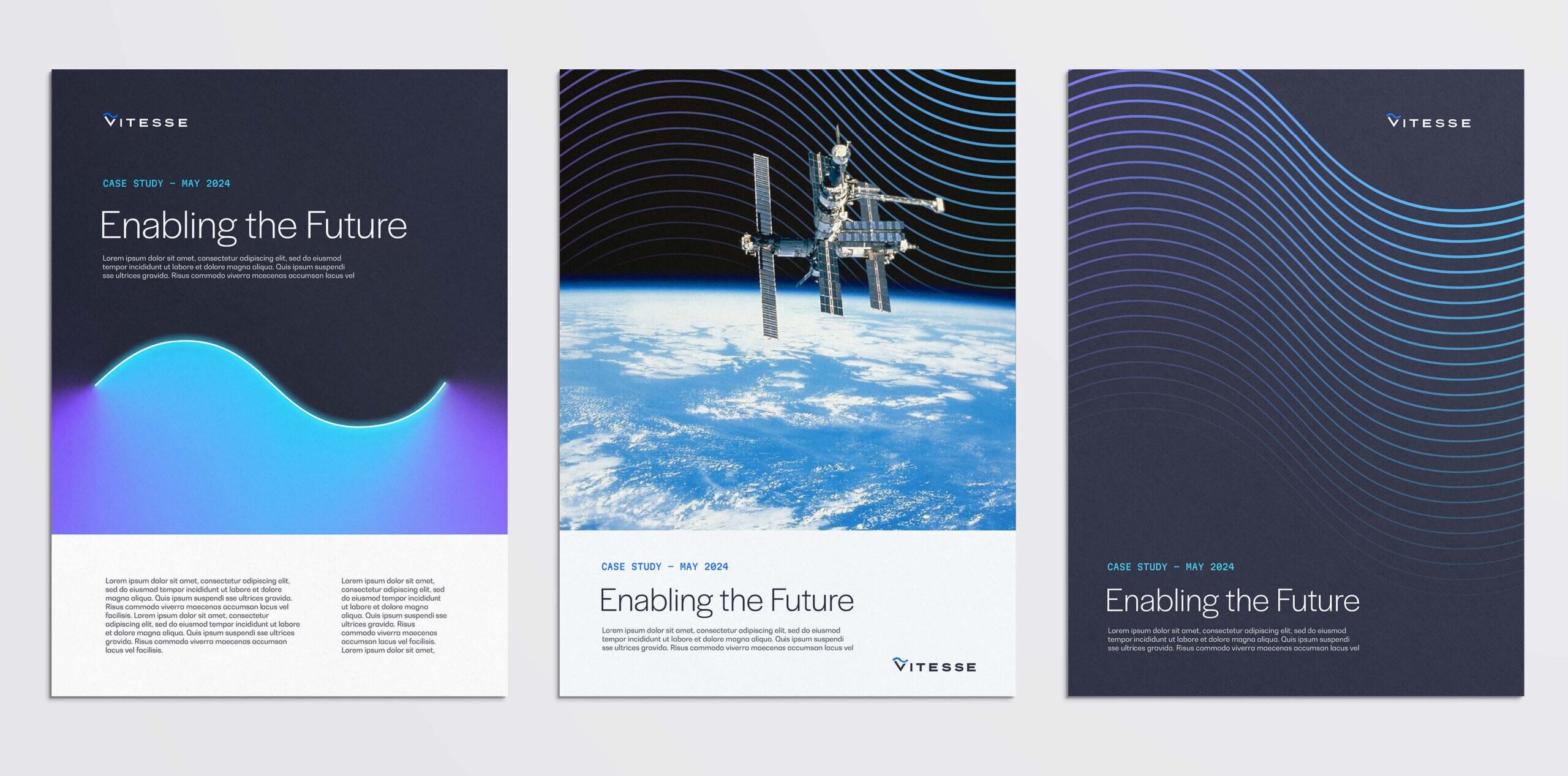
The Content Atomization Framework
Think of content atomization as a hub-and-spoke model. At the hub sits your core asset—a whitepaper, webinar, keynote, or research report. From there, spokes radiate outward into derivative assets that extend the core message into different channels and formats.
Core Asset (The Big Idea)
Your atomization strategy begins with one substantial piece of content. This could be:
- A research-driven whitepaper
- A recorded webinar or virtual panel
- A keynote presentation
- A case study or success story
This core asset is your intellectual “pillar” that everything else builds from.
Derivative Assets
Here’s how a single core asset can splinter into dozens of deliverables:
- Blogs & Articles – Break down sections into topic-specific posts optimized for search.
- Social Content – Extract key quotes, statistics, and visuals for LinkedIn, X, and Instagram.
- Thought Leadership – Draft contributed articles or op-eds drawing from core themes.
- Email Campaigns – Create nurture sequences that tease insights and drive downloads.
- Infographics & Visuals – Translate data-heavy sections into shareable graphics.
- Video & Audio – Clip webinar highlights into short-form videos or podcast segments.
- Interactive Assets – Turn research into calculators, quizzes, or gated interactive tools.
The beauty of this model is that one initial investment produces a multi-channel marketing ecosystem—meeting audiences where they are with content that feels purpose-built.
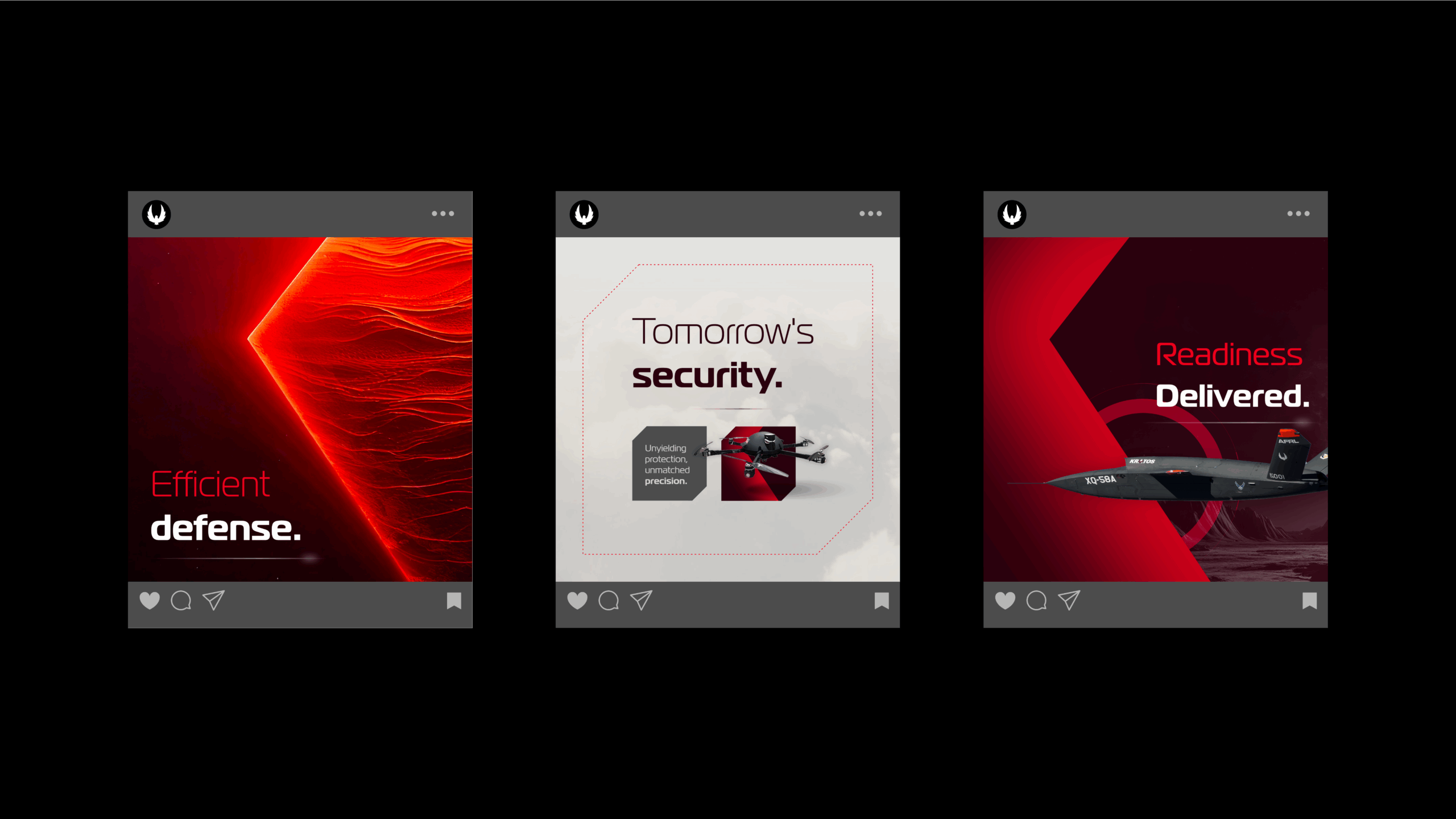
Real-World Examples of Content Atomization in Action
To illustrate, let’s look at two scenarios where brands can apply this approach:
Example 1: Whitepaper Atomization
- A cybersecurity company develops a whitepaper on emerging threats.
- The whitepaper becomes:
- Three blog posts on specific threat categories
- An infographic visualizing attack trends
- A webinar with subject matter experts
- A LinkedIn carousel highlighting key statistics
- A nurture email sequence linking to each derivative piece
Example 2: Webinar Atomization
- A SaaS brand hosts a webinar on customer experience trends.
- From the recording, the marketing team creates:
- A recap blog post with takeaways
- Short video clips optimized for LinkedIn
- A thought leadership article by the webinar host
- A podcast episode edited from the Q&A session
- A set of sales enablement slides for the field team
In both cases, the original asset fuels an entire campaign ecosystem—maximizing reach while reducing the demand for net-new production.

Best Practices for Scaling Your Content Atomization Strategy
While the concept is straightforward, executing content atomization effectively requires discipline. Here are best practices to guide your approach:
- Start with a strong “pillar” asset. Choose an idea that is broad enough to support multiple derivatives and relevant enough to resonate across buyer stages.
- Map assets to the buyer journey. Ensure derivative content addresses awareness, consideration, and decision-making phases.
- Adapt to each channel. Don’t simply repost—customize tone, format, and length for blogs, social, and video.
- Leverage analytics. Use engagement metrics to prioritize which derivative formats perform best with your audience.
- Maintain consistency. Keep design, voice, and key messages aligned across all pieces to reinforce the campaign.
- Use AI wisely. Artificial Intelligence tools can accelerate drafting and formatting but should be guided by brand voice and editorial oversight.
When done right, atomization amplifies your reach without sacrificing quality or cohesion.
Common Mistakes to Avoid
Content atomization can be powerful, but there are traps to watch for:
- Republishing instead of repurposing. Copying text from one channel to another rarely works. Content must be reshaped for its audience and format.
- Lack of channel-specific optimization. A LinkedIn carousel should look and feel different from a blog post or nurture email.
- Ignoring SEO. Each derivative piece should be optimized with keywords, metadata, and internal links to strengthen discoverability.
- Overproduction without strategy. Don’t create derivative assets for the sake of volume—prioritize formats your audience values most.
Avoiding these pitfalls ensures that your atomization efforts drive real results rather than just more content.

Building Your Own Content Atomization Playbook
So how can your team put this into practice? Start by developing a repeatable playbook:
- Identify the core asset. Whitepaper, webinar, or report.
- Audit potential derivatives. Map out blogs, social, emails, and visuals.
- Align with the buyer journey. Match content to awareness, consideration, and decision stages.
- Develop a rollout plan. Stagger content releases to sustain engagement over time.
- Measure and refine. Track performance to see which atomized pieces resonate most.
By creating a systematic process, you can ensure that every major content investment continues to pay dividends long after launch.
Maximizing the Value of Every Idea
Marketing teams don’t always need to chase the next “big idea.” Often, the smartest move is to extract more value from the ideas you already have. Content atomization offers a roadmap for doing exactly that—fueling multi-channel campaigns, ensuring message consistency, and maximizing ROI.
At Bluetext, we help brands design and execute content marketing frameworks that scale. From developing high-impact core assets to rolling out full atomization ecosystems, our team ensures that one idea becomes dozens of deliverables—without sacrificing quality or creativity.
Looking to maximize the value of your content? Bluetext helps brands transform big ideas into multi-channel campaigns that drive results. Contact us today.
In today’s crowded B2B landscape, breaking through the noise at tradeshows and industry events is no small feat. Enterprise buyers—whether they’re CIOs, procurement leaders, or CTOs—are inundated with information. Traditional booths, static signage, and printed brochures often fail to hold their attention. That’s why forward-thinking brands are turning to holograms, augmented reality (AR), and other immersive technologies to redefine experiential marketing.
By weaving futuristic tech into live events, companies can transform how buyers engage with their story. Holograms and AR don’t just create a “wow” factor—they give complex solutions life, provide interactivity at scale, and ensure your brand stands apart in a sea of sameness.
Why Experiential Marketing Matters in B2B
For consumer brands, experiential marketing has long been a staple—from pop-up shops to AR-powered retail experiences. But for B2B marketers, particularly those selling complex technologies or services, the stakes are even higher.
Enterprise buyers are hard to reach and harder to impress. They face long decision cycles, manage risk-averse teams, and often evaluate multiple vendors at once. Experiential marketing bridges that gap by:
- Creating memorable moments that stick long after the event ends.
- Demonstrating solutions in ways a slide deck never could.
- Increasing dwell time at booths and driving qualified conversations.
In fact, studies show that interactive brand experiences can boost recall and preference far more effectively than passive marketing tactics. For brands competing in industries like financial services, SaaS, or healthcare tech, that advantage can mean pipeline acceleration and stronger ROI.
Holograms in B2B Marketing
When most people hear “hologram,” they think of pop culture icons like Tupac’s famous Coachella performance or ABBA’s holographic concert series. But in the B2B world, holograms are rapidly moving from novelty to necessity.
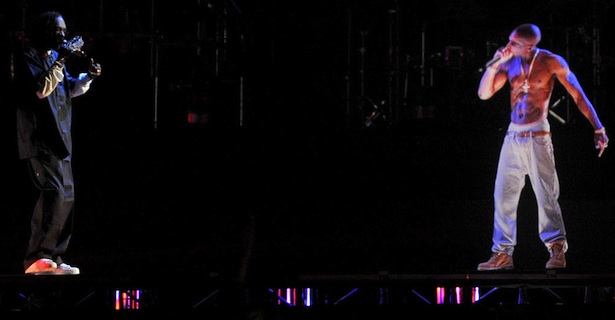
Imagine showcasing an industrial machine too large to transport—or visualizing a SaaS platform’s architecture in 3D. With holograms, marketers can:
- Bring products to life without shipping hardware.
- Stage immersive keynotes featuring remote executives.
- Build larger-than-life experiences that spark curiosity.
The impact is both practical and emotional: prospects understand complex offerings faster, while also walking away with a sense that your brand is forward-thinking and innovative.
AR for Tradeshows & Events
Augmented reality takes interactivity even further by layering digital experiences over the physical world. At tradeshows, AR can empower attendees to:
- Explore virtual overlays on physical product demos.
- Visualize solutions in their own environment—such as simulating software workflows or visualizing a network architecture.
- Participate in gamified experiences, like AR scavenger hunts, interactive quizzes, or guided storytelling journeys.
Beyond engagement, AR allows for scalable personalization. For example, a visitor could scan a QR code and view an AR demo tailored to their industry, role, or business challenge—ensuring the content feels relevant and useful.

The Future of Experiential B2B Marketing
Looking ahead, the convergence of holograms, AR, and AI will further transform tradeshows and customer events. Imagine:
- XR booths where physical and digital seamlessly blend.
- Mixed reality product demos that combine live interaction with holographic overlays.
- AI-driven personalization that adapts immersive experiences in real-time based on attendee behavior.
As generative AI accelerates, these technologies won’t just be eye-catching—they’ll become tools for capturing data, measuring intent, and guiding buyers deeper into the funnel. Experiential marketing will evolve from “brand theater” into a measurable, pipeline-driving engine
Best Practices for Implementing Futuristic Tech
Adopting holograms and AR doesn’t mean chasing trends blindly. To make immersive B2B marketing successful, brands should:
- Align with the buyer journey. Use holograms and AR at touchpoints where they add real value, such as product education or executive engagement.
- Keep it intuitive. Experiences should feel natural and easy, not overwhelming or gimmicky.
- Measure outcomes. Track KPIs like booth traffic, dwell time, and lead quality to quantify ROI.
- Choose the right partners. Execution matters—work with agencies and technology providers who can deliver polished, reliable experiences.
The Future Belongs to the Bold
Enterprise buyers are savvy, skeptical, and selective. To win their attention, B2B brands need to go beyond brochures and digital ads—they need to create experiences that captivate, educate, and inspire.
Holograms and AR represent more than just flashy technology. They’re the future of experiential B2B marketing, offering new ways to stand out, tell your story, and connect with decision-makers on a deeper level.
If your brand is ready to explore holograms, AR, or other next-gen experiential strategies, Bluetext can help you design experiences that engage enterprise buyers and deliver measurable results. Contact us today.
Government contracting is a high-stakes, highly competitive market. With more government buyers turning to AI-powered generative search tools to quickly find trusted vendors and solutions, Answer Engine Optimization (AEO) has become a critical strategy for GovCon firms. AEO ensures your capabilities, certifications, and past performance are prominently featured in AI-generated procurement insights.
Why AEO is a Game Changer for GovCon Firms
Generative AI engines prioritize content that is structured, authoritative, and aligned with the specific needs of government procurement officers. Optimizing for AEO means your firm can:
- Increase visibility in AI-powered contract searches.
- Clearly communicate your compliance and certifications.
- Provide quick, AI-friendly access to past performance and capabilities.
AEO Strategies Tailored for GovCon
1. Publish Detailed Capability Statements
Create well-organized pages that succinctly describe your services, certifications, and unique differentiators, formatted for easy AI extraction.
2. Develop FAQ Sections Targeted at Procurement Queries
Anticipate government buyers’ common questions and provide concise, authoritative answers on contract processes, compliance, and requirements.
3. Use Schema Markup to Highlight Contract Awards and Partners
Structured data can showcase your contract wins, strategic partnerships, and affiliations, signaling credibility to AI engines.
4. Share Data-Driven Past Performance Case Studies
Provide detailed, metrics-focused examples of successful government projects to help AI systems assess your qualifications.
5. Maintain Up-to-Date Compliance Information
Regularly update content on certifications, registrations (like SAM.gov), and regulatory compliance to stay relevant in AI-generated results.
Benefits of AEO for GovCon Firms
- Improves discoverability by procurement officers using AI chatbots.
- Shortens the procurement research cycle with AI-summarized insights.
- Positions your firm as a trusted, capable partner in government contracting.
Challenges and Tips for Effective AEO in GovCon
- Avoid overly technical language that confuses AI.
- Keep content factual and regularly updated.
- Ensure your website architecture supports easy navigation and AI indexing.
Answer Engine Optimization is transforming how GovCon firms connect with government buyers in an AI-driven marketplace. By investing in AEO today, you can gain a critical advantage in winning contracts and building lasting government relationships.
Bluetext specializes in helping GovCon firms master AEO strategies tailored for the unique demands of government procurement. Contact us to get started on your AEO journey.
Cybersecurity is a field where accuracy, trust, and timely information are paramount. As government agencies, enterprises, and individuals increasingly rely on AI-powered generative engines to seek security advice and solutions, cybersecurity companies must adapt by optimizing their digital content for these AI platforms. This process, known as Answer Engine Optimization (AEO), helps ensure your brand is seen as authoritative and reliable in AI-driven search results.
What Makes AEO Essential for Cybersecurity Firms?
Generative AI models rank content based on context, relevance, and trustworthiness. For cybersecurity companies, this means producing clear, accurate, and detailed content that addresses complex security topics without overwhelming AI engines or users. AEO enables your firm to:
- Educate potential clients effectively.
- Build brand authority in a crowded market.
- Increase visibility in AI-powered searches related to cyber threats, compliance, and best practices.
Key AEO Best Practices for Cybersecurity
1. Publish Actionable Threat Analyses
Regularly update your website with clear, concise analyses of current cybersecurity threats, trends, and mitigation strategies. AI engines prioritize up-to-date, fact-based content.
2. Develop Glossaries and FAQs for Industry Jargon
Help AI models understand complex cybersecurity terms by creating well-organized glossaries and FAQs that explain acronyms, technologies, and regulations.
3. Use Structured Data to Highlight Certifications
Implement schema markup to showcase your company’s certifications, compliance standards, and awards, increasing trust signals to AI engines and users.
4. Share Data-Driven Case Studies
Demonstrate your expertise and results with detailed case studies that provide specific metrics and outcomes, helping AI systems validate your authority.
5. Write for Clarity and Precision
Avoid overly technical language where possible and focus on delivering clear, precise explanations to assist AI comprehension and user understanding.
The Role of AEO in Cybersecurity Marketing
Adopting AEO tactics can transform your cybersecurity marketing by:
- Improving your content’s chance of being cited by AI in answer boxes and chatbots.
- Enhancing educational outreach to prospects and stakeholders.
- Strengthening trust and credibility through authoritative content signaling.
Avoiding Common AEO Mistakes
- Don’t overstuff keywords or jargon, which can confuse AI engines.
- Avoid publishing outdated security info that undermines your credibility.
- Ensure your site loads quickly and is mobile-friendly for better AI indexing.
The cybersecurity landscape demands precision and trust—two qualities that AEO optimization amplifies for AI-driven search. Bluetext is ready to help cybersecurity firms build content strategies that excel in the generative AI era. Reach out to us to start securing your AI search presence.
For decades, search engine optimization (SEO) has been the cornerstone of digital visibility. Brands climbed the SERP ladder by fine-tuning keywords, metadata, backlinks, and technical performance. But as we enter a new era of information retrieval, one thing is clear: search is no longer just about search engines—it’s about AI.
From ChatGPT to Gemini, Claude to Perplexity, Large Language Models (LLMs) now answer millions of queries daily. Users aren’t clicking links—they’re receiving summaries. For marketers and content creators, that’s both a threat and an opportunity. The new challenge? Becoming the source behind the AI answer.
Enter LLMO and AEO—two game-changing approaches to digital strategy that help ensure your content surfaces in this AI-first discovery landscape.
What Is LLMO? Understanding Large Language Model Optimization
LLMO stands for Large Language Model Optimization—the practice of crafting content that LLMs can read, understand, trust, and surface in generated outputs. Unlike traditional SEO, which optimizes for web crawlers like Googlebot, LLMO focuses on the way AI models digest and regenerate language.
LLMs don’t operate like search engines. They don’t “rank” content by authority alone. Instead, they:
- Interpret semantic meaning
- Generate answers based on contextual reliability
- Use natural language understanding to surface the most helpful response
- Rely on internal training data and real-time search tools to cite sources
If your content isn’t readable, factual, and structured in a way that an LLM can parse, your brand may never make it into the answer—even if you’re ranked #1 on Google.

What Is AEO? Introducing Generative Engine Optimization
Answer Engine Optimization (AEO) is the practice of optimizing for AI-based search engines and conversational platforms. Think of it as the evolution of SEO, reimagined for tools like:
- Perplexity (which cites sources in responses)
- You.com
- ChatGPT with browsing
- Google SGE (Search Generative Experience)
Where SEO is about being ranked, AEO is about being referenced.
These AI engines often quote, link to, or paraphrase content. AEO helps ensure your brand’s content is:
- Discoverable by AI crawlers and retrievers
- Structured for AI citation and reference
- Trusted as a reliable source by generative algorithms
Together, LLMO and AEO form a dual-layered strategy for the future of digital visibility.
Why LLMO and AEO Matter More Than Ever
The Decline of the Click
We’ve entered the zero-click era, where generative answers mean users don’t need to click through to your website. This has profound implications:
- Organic CTRs (click-through rates) are falling
- Even top-ranking pages see fewer visits
- Users trust AI-summarized answers more than traditional snippets
The Rise of AI-Mediated Discovery
Increasingly, business leaders, researchers, and consumers are turning to LLMs for fast, conversational insight. For B2B brands especially, being included in the answer is the new mark of authority.
Visibility ≠ Ranking
It’s possible to rank #1 on Google and be ignored by generative tools—or to rank nowhere and still be quoted in ChatGPT. AEO is how you bridge that gap.

How LLMs Consume and Cite Content
To optimize for LLMs, we need to understand how they work:
- LLMs prefer clear, authoritative content with natural language flow
- They extract structured insights—especially from lists, FAQs, and headers
- They trust brands with high topical authority (frequent mentions, consistency, backlinking)
In short, LLMs reward what humans also value: clarity, expertise, and relevance. But unlike humans, they need structure and signals to understand your content’s reliability.
Core Tactics for LLMO and AEO Success
1. Create Conversational, Contextual Content
LLMs are trained on how people speak. That means:
- Write naturally, not robotically
- Use FAQs, how-tos, and question-answer formats
- Answer specific queries in plain, clear language
- Incorporate synonyms, related phrases, and user intent
Example: Instead of “Answer Engine Optimization for B2B SEO,” try “How can B2B marketers optimize their content to appear in AI-generated answers?”
2. Focus on Semantic & Long-Tail Keywords
Traditional keyword stuffing doesn’t work in LLM land. Instead:
- Emphasize search intent over search volume
- Use long-tail queries that mimic how people speak to AI
- Include variations of core terms to build contextual weight
AEO-optimized keywords:
“Cited by ChatGPT,” “content that appears in Perplexity AI,” “optimize for AI search results,” “LLMO strategy for marketing teams.”
3. Structure Content for Machine Interpretation
Just like search engines love schema, so do LLMs. Your formatting matters:
- Use clear H1, H2, H3 structure
- Break up walls of text with bullets and numbered lists
- Use tables, charts, and bolded terms for scannability
- Add schema markup (FAQPage, HowTo, Article) to signal intent
Tools like Perplexity often favor clearly segmented guides over narrative-only blog posts.
4. Build Depth, Authority, and Relevance
LLMs reference content that feels complete and authoritative. That means:
- Go deep—1,500+ words often outperform thin content
- Back up points with data, quotes, and examples
- Demonstrate topical consistency across your site (e.g., multiple blogs on LLMO, AEO, AI content strategy)
Your brand needs to sound like and act like an expert.
5. Optimize Metadata & Internal Links
AI tools ingest metadata. Be intentional:
- Write natural-language meta titles and descriptions
- Use internal links to cluster related content and establish authority on a topic
- Include descriptive anchor text (e.g., “see our guide to AI-ready content”)
This not only helps traditional SEO—it gives AI models contextual signals that elevate your visibility.
6. Citations, Mentions & External Signals
Generative models often cite based on frequency and trust. You can increase your chances by:
- Earning backlinks from high-authority sites
- Using original statistics or frameworks worth referencing
- Publishing on reputable third-party platforms (e.g., Medium, Substack, LinkedIn)
Pro Tip: AI models love linking to well-structured thought leadership—especially if it includes unique data, expert commentary, or industry frameworks.
7. Monitor Your AI Visibility
You can’t improve what you don’t measure. Use tools to:
- Search your brand in ChatGPT, Gemini, and Perplexity
- Look for citations, summaries, or paraphrased answers
- Track whether your domain is being pulled in AI overviews
As this space evolves, visibility in generative search may become a key digital marketing KPI.

What LLMO + AEO Mean for Marketers
SEO isn’t dead—but it’s evolving. Marketing teams who embrace LLMO and AEO will:
- Increase their AI-era visibility
- Reduce dependency on traditional SERPs
- Future-proof their content investments
- Position their brand as an authoritative, AI-trusted resource
In short, it’s not enough to be seen. You need to be cited. Trusted. Used.
Let’s Talk About Your AI Visibility
At Bluetext, we help brands thrive in the age of AI search. From content strategy to metadata, structure, and authority-building, we craft marketing that performs across platforms—including the ones without a click-through.
Reach out today to ensure your content gets seen, cited, and surfaced—wherever your audiences are searching.
In today’s digital-first world, B2B SaaS companies face increasing competition for attention. As buyers shift to using AI-powered tools like ChatGPT and Microsoft Copilot for research and decision-making, traditional SEO is no longer enough. Answer Engine Optimization (AEO) is emerging as the new frontier to ensure your SaaS products are visible, relevant, and compelling within AI-driven search environments.
What is Answer Engine Optimization (AEO)?
AEO involves optimizing your digital content so that AI generative engines can easily interpret, extract, and surface your information in conversational search results. Unlike traditional SEO that targets keyword rankings on search engine results pages (SERPs), AEO focuses on clarity, context, and structured data that AI models use to generate natural language responses.
Why AEO is Critical for B2B SaaS Companies
The B2B SaaS buyer’s journey is complex, often involving multiple stakeholders and stages of research. Generative AI engines simplify this process by providing quick, accurate answers through conversational interfaces. If your SaaS content is not optimized for AEO, you risk missing out on high-intent traffic channeled through AI-powered searches.
Key AEO Strategies for SaaS Companies
1. Create Conversational Product Descriptions
Write product pages that mimic how customers naturally ask questions about your SaaS offerings. Use language that addresses pain points, benefits, and solutions clearly.
2. Build and Optimize Knowledge Bases
Develop comprehensive FAQs and support documentation structured with clear headings and concise answers. This helps AI engines pull precise snippets for user queries.
3. Leverage Schema Markup for SaaS Features
Implement structured data for product details, pricing, reviews, and integrations to enhance AI comprehension and eligibility for rich results.
4. Use Use Case Storytelling
Share specific scenarios where your SaaS solves customer challenges. AI engines favor content that provides context-rich examples rather than generic descriptions.
5. Focus on Semantic Keyword Integration
Beyond exact keywords, incorporate related terms and phrases that reflect how users converse with AI assistants. This improves your content’s contextual relevance.
How AEO Supports SaaS Marketing Goals
Optimizing for AEO benefits SaaS marketers by:
- Increasing AI-driven lead generation through higher visibility in conversational answers.
- Reducing friction in the buyer journey by providing instant, relevant information.
- Enhancing brand authority as a trusted, AI-recognized source of knowledge.
- Expanding reach in voice search and digital assistants commonly used by business professionals.
Common Challenges and How to Overcome Them
Many SaaS companies struggle with AEO because their content is overly technical or keyword-stuffed, which AI engines can misinterpret or penalize. To succeed:
- Simplify language without losing industry accuracy.
- Avoid jargon-heavy text by including clear definitions.
- Regularly audit and update your content to keep pace with product changes and AI algorithm updates.
Answer Engine Optimization is essential for B2B SaaS firms aiming to thrive in the age of AI search. By integrating AEO strategies into your marketing efforts, you ensure your solutions are discoverable, credible, and persuasive to the modern buyer.
If you want to future-proof your SaaS marketing with advanced AEO tactics, contact Bluetext today for expert guidance and support.